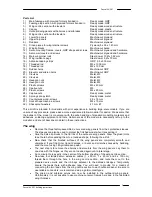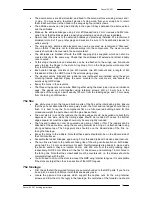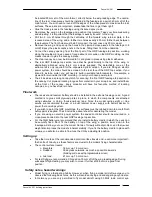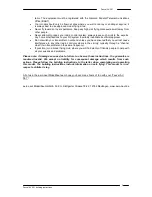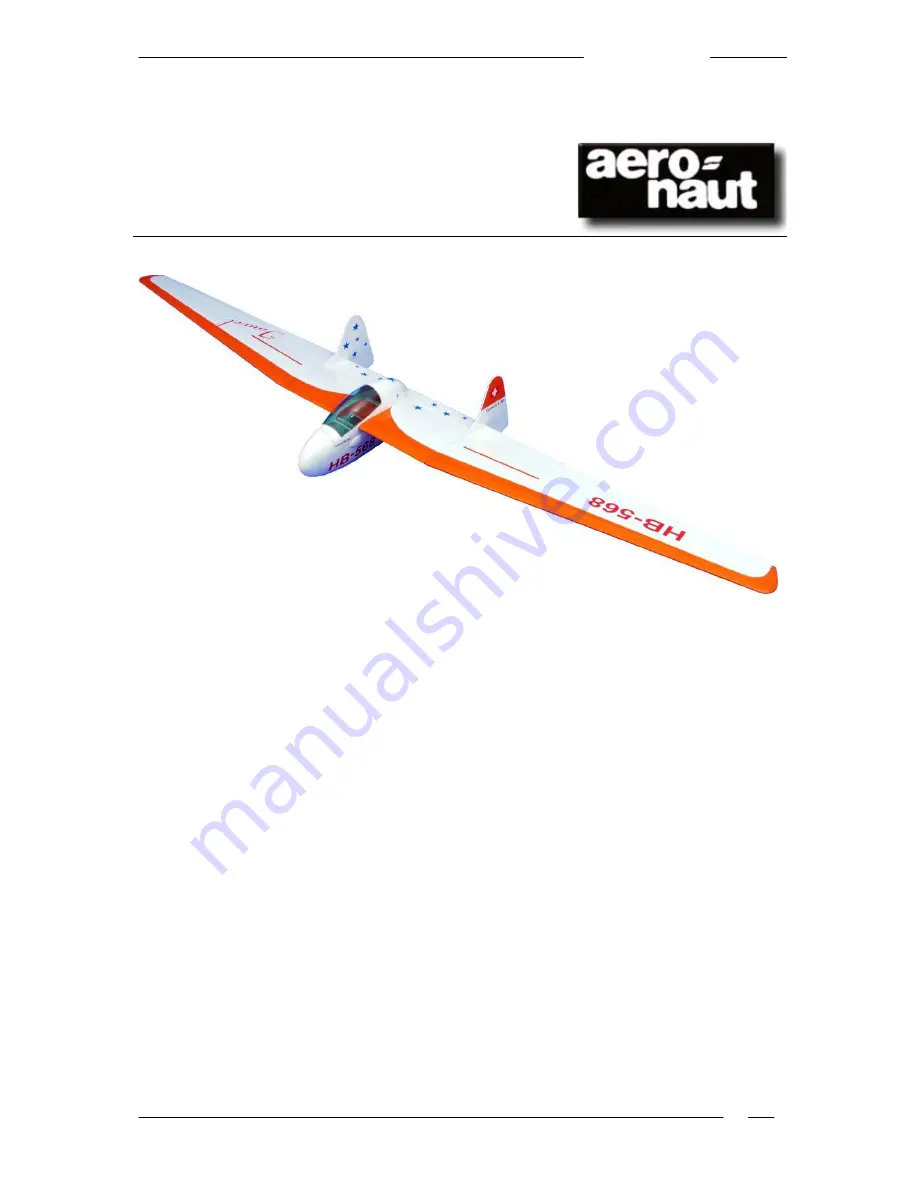
Fauvel AV-361
Fauvel AV-361 building instructions
1
Building Instructions
Fauvel AV-361 RC glider
Order No. 1363/00
Specification:
Wingspan:
approx. 3195 mm
Length:
approx. 800 mm
Wing area:
approx. 98 sq dm
Weight, glider:
2700 - 3500 g
Wing loading:
27.5 - 36 g / sq dm
Weight, electric glider:
3250 - 3800 g
Wing loading:
34 - 39 g / sq dm
RC functions:
Aileron
Elevator
Rudder
Airbrake
Aero-tow release (optional)
Throttle (electric version)
Recommended power system:
“Actro 24-3”, 5 - 6S LiPo, 12 x 6.5” propeller
“Actro 24-4”, 6S LiPo, 14 x 8” propeller
Recommended RC components:
Four high-quality standard servos
Four wing-mounting servos, max. thickness 13 mm
Receiver, min. six channels
Receiver battery, min. 1200 mAh
The full-size
“Fauvel AV 36” was developed in France in 1951 as a single-seat sailplane, and gained
an excellent reputation even then for its outstanding flying qualities and unprecedented level of in-
herent stability. Distance flights of 500 kilometres were not uncommon
. The “AV-361” presented here
in model form was introduced in 1960 as a further development of the
“AV-36”; the main differences
were its greater wingspan and improved airfoil.


